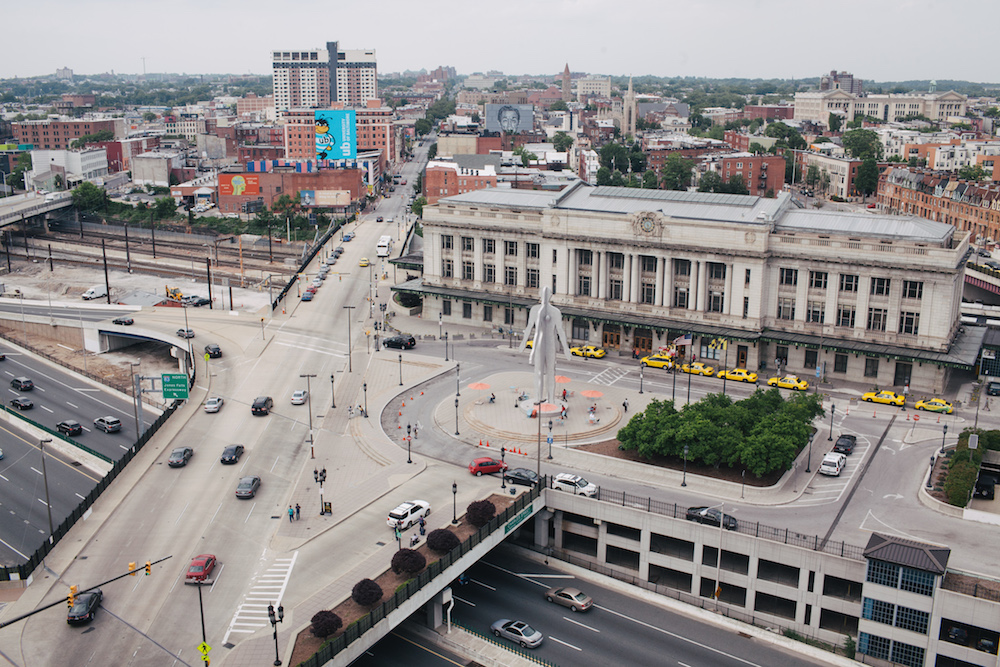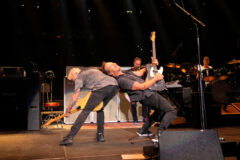Last month, in the wake of the deadly fire at Oakland’s Ghost Ship and the subsequent closing of Baltimore DIY space the Bell Foundry, Baltimore Mayor Catherine Pugh formed a Safe Arts Space Task Force to establish “safe, cost-effective” places for artists to work and live. The group, which, for some reason is co-chaired by a bank executive and a partner at a local law firm, met for the first time Monday to discuss the challenges faced by the city’s artists.
Baltimore writer Caitlin Goldblatt attended the meeting and tweeted out highlights. Baltimore musician and task force member Dan Deacon expressed concern that the force didn’t include enough artists.
@ art space task force mtg, on intros; Dan Deacon says he wishes task force included more artists, seconded by fellow member Stewart Watkins
— caitlin goldblatt (@trustpunch) January 9, 2017
“I assume there’s a practical limit to how many people we can put [on task force],” co-chair Jon Laria, who is a partner the Ballard Spahr law firm, reportedly said. “We want to be as inclusive as possible.”
Tracey Knuckles, Deputy Commissioner of Cultural Affairs under the Bloomberg administration in New York, discussed the ways in which New York City worked to aide its artists, before saying that cities with less money than New York–like Baltimore, as Goldblatt notes–might have trouble implementing and sustaining such programs.
The Baltimore Sun reports that representatives from the Baltimore Fire Department also attended to explain how and why the department carries out safety inspections. A fun-sounding public safety expert also attended the meeting, and bragged about “rip[ing] it up at Preakness” before noting all the unsafe things young people don’t see at large events.
At one point, Laria apparently implied that there were certain artists who didn’t do or care enough to ensure public safety, prompting a rebuke from Deacon.
Dan Deacon jumps in, says the # of artists who don't care about public safety is very small; Laria recants, "Did I say that?"
— caitlin goldblatt (@trustpunch) January 9, 2017
The meeting ended with former residents of the Bell Foundry, none of whom were named to the task force, expressing concerns that the city views artist-occupied and owned buildings as “opportunities” for future lucrative real estate deals.
It remains unclear what exactly the task force will do; when Mayor Pugh first announced the initiative in December, she told City Paper it’s “not a defined task force.”
Still, some former tenants of the Bell Foundry are expecting a lot from it.
“If we don’t get a space out of [the task force], then that’s basically Baltimore City telling us they don’t want us to exist,” Aran Keating, the artistic director of the Baltimore Rock Opera Society, told the Baltimore Sun in December.





